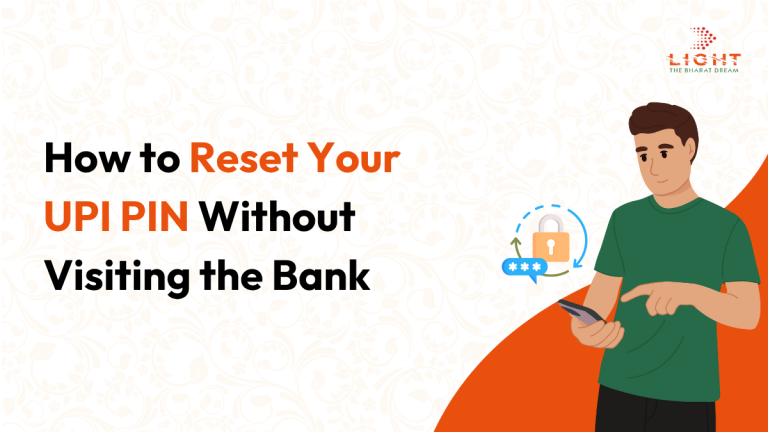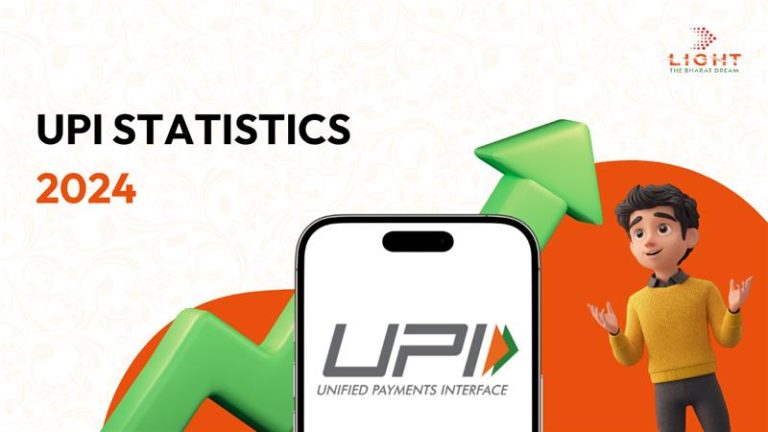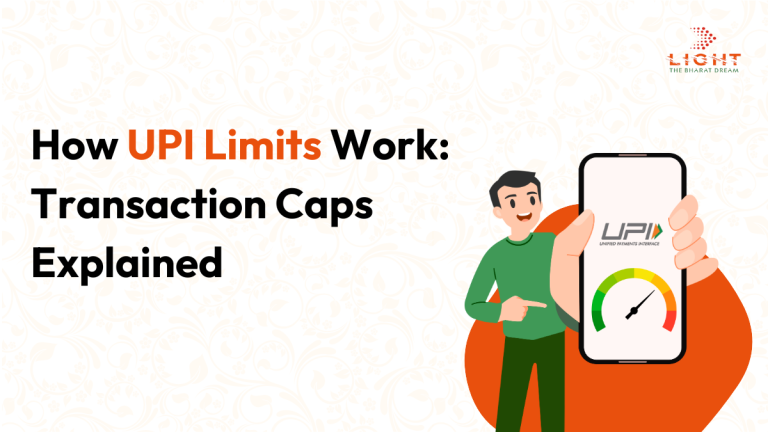How Safe is UPI for Large Payments?
Unified Payments Interface (UPI) has become a cornerstone of India’s digital economy. It’s easy, fast, and works 24/7, transforming how we pay for everything from small retail purchases to bills, travel, and business expenses. According to data from the National Payments Corporation of India (NPCI), UPI processed over 13 billion transactions in May 2024, representing over ₹19 trillion in value.
While millions of Indians comfortably use UPI for small daily payments, many people hesitate when it comes to transferring large sums. Is UPI truly secure for large-value transactions? How does it compare to other payment methods like NEFT, RTGS, or IMPS for high-value payments? Let’s examine the facts.
The Security Architecture of UPI
UPI is one of the most advanced real-time payment systems globally. Several security layers protect every transaction.
Two-Factor Authentication (2FA): UPI requires both possession of the mobile device and knowledge of the UPI PIN. Even if someone steals your phone, they cannot complete a transaction without your secret PIN.
End-to-End Encryption: All communication between your device, your bank, and the NPCI network is encrypted. No one in between can intercept and read your sensitive data.
Masked Payment Identifiers: Unlike traditional bank transfers where account numbers and IFSC codes are exposed, UPI uses Virtual Payment Addresses (VPAs) like name@bank, keeping your bank account details hidden.
Real-Time Transaction Alerts: Each debit or credit triggers an instant notification through SMS or the UPI app, allowing you to spot unauthorized activity quickly.
Transaction Limits for UPI
Another reason UPI is considered relatively safe is its transaction limits.
By default, most UPI apps limit transactions to ₹1 lakh per day per user. However, certain categories of payments, like insurance premiums, mutual fund investments, or stock market transactions, can go up to ₹5 lakh per day, as permitted by NPCI guidelines.
Individual banks and apps often impose even tighter controls for security. For example, some apps cap a single transaction to ₹25,000 or ₹50,000 regardless of the NPCI’s higher ceiling.
These limits act as a safety net, ensuring that even if fraud occurs, the financial damage is contained.
Risks in Using UPI for Large Payments
Despite its robust architecture, UPI is not immune to fraud or human error, which can be more costly when large sums are involved.
Social Engineering Scams: One of the biggest risks in UPI is social engineering. Fraudsters impersonate bank officials or service providers and trick users into sharing UPI PINs or OTPs. For example, a fraudster might send a link requesting “verification” that actually authorizes a debit transaction.
Wrong Recipient Errors: UPI transactions happen instantly and usually cannot be reversed. A single incorrect character in the recipient’s VPA can send money to the wrong person. Unlike NEFT or RTGS, which sometimes allow reversals before settlement, UPI offers no simple recall mechanism.
Phishing and Malware: Fraudulent apps, fake UPI interfaces, or malware can harvest your credentials, especially if you install apps from unofficial sources.
SIM Swaps and Device Theft: Fraudsters might clone your mobile SIM card or steal your device, attempting to reset apps or capture your OTPs. While 2FA provides protection, determined attackers might bypass it through social engineering.
How Does UPI Compare to NEFT, RTGS, and IMPS?
For smaller payments, UPI is often the safest and most convenient choice. But for large payments, traditional banking channels have some advantages:
- NEFT (National Electronic Funds Transfer): Suitable for large payments, with the advantage that transactions are processed in batches, allowing some scope to intercept mistakes before settlement. NEFT also provides audit trails helpful in recovering funds in disputes.
- RTGS (Real-Time Gross Settlement): Designed specifically for large-value transactions above ₹2 lakh, RTGS is processed instantly and individually, making it very secure and traceable. However, reversals can still be complex if you send money to the wrong account.
- IMPS (Immediate Payment Service): Like UPI, IMPS is instant but often preferred for larger sums because of additional layers of bank scrutiny.
While UPI is catching up in terms of security, the irreversible nature of its transactions makes it somewhat riskier for very large payments compared to traditional methods.
Best Practices for Large UPI Payments
If you’re planning to use UPI for significant transactions, these practices can minimize your risks:
- Double-check the recipient’s VPA or QR code before confirming payment.
- Avoid clicking links in messages or emails claiming to be from your bank or a government agency. Always use the official UPI app.
- Never share your UPI PIN, OTP, or bank credentials with anyone, regardless of who they claim to be.
- Perform large transactions on private, secure internet connections instead of public Wi-Fi.
- Set app locks or biometric authentication on your UPI app for extra security.
- Regularly review your bank statements for unexpected transactions.
- For transactions above ₹1-2 lakh, consider splitting the payment or using RTGS/NEFT for added traceability and dispute mechanisms.
So, Is UPI Safe for Large Payments?
UPI’s technological backbone is secure and continuously evolving. However, the risks for high-value transfers are real, particularly because of irreversible transactions and social engineering scams. For everyday transactions and moderate sums, UPI is extremely safe if used responsibly. For very high-value transfers, it’s worth considering alternatives like RTGS, which offer additional safeguards and more robust dispute resolution processes.
Ultimately, UPI can be safe for large payments-but only if you stay vigilant, follow best practices, and understand its limitations. As India’s digital economy grows, so will efforts to enhance UPI’s security features, making it increasingly suitable for larger transactions.
Have you ever transferred a large amount using UPI? How was your experience? Share your thoughts or questions in the comments.







